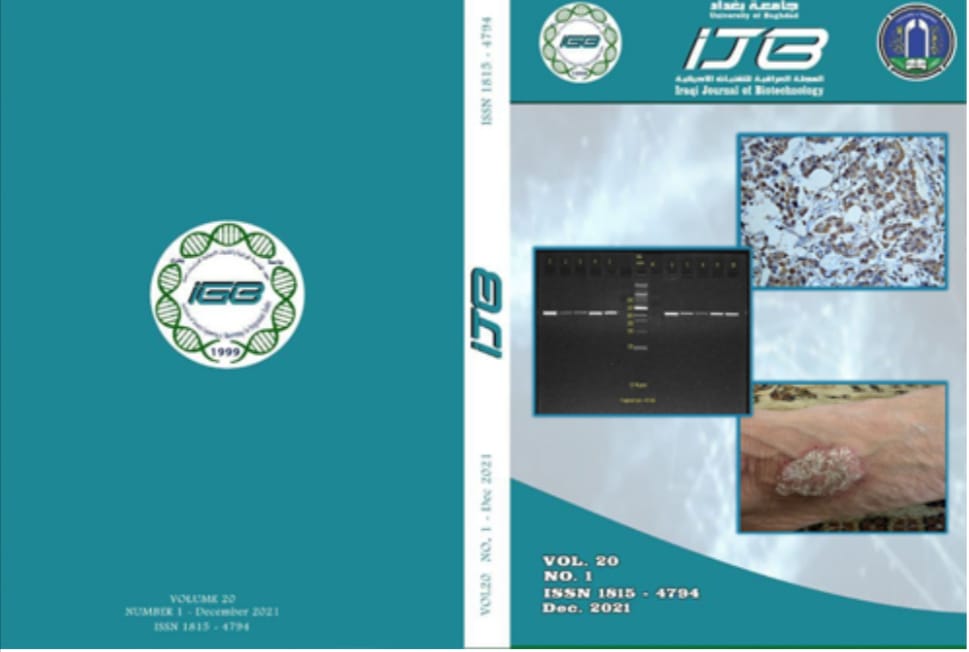Determination of Viral load of Hepatitis C Virus and Evaluation of Some Liver Function Markers and Interlukin-27 in Hepatitis C Patients
Abstract
The Hepatitis C virus (HCV) is the main contributor to chronic liver diseases and affects over 71 million people worldwide that primarily leads to significant morbidity and mortality through its predisposition to liver fibrosis, cirrhosis, and liver cancer. The present study aim to early detection of HCV and determine the viral load that can be contributed in the viral hepatitis infection, as well as estimation of some liver function markers include TSB, ALT, AST and ALP, and evaluation of IL-27 role in immune response against the hepatitis C virus. The present study was include 50 patients infected with the HCV and 50 apparently healthy individuals. The RNA was extracted from serum samples of the HCV patients and the viral load of HCV were determined using one-step qRT-PCR. The biochemical tests include TSB, ALT, AST and ALP, were done for patients and control groups. In addition, the IL-27 levels were estimated using ELISA. The detection of HCV viral load showed that 31(62%) of HCV patients were negative, while 19(38%) out of 50(100%) of HCV patients were positive for the assay. Also, the results of TSB, ALT, AST and ALP tests of showed significant differences between the patients and control groups. In addition, the results of interlukine-27 revealed that there were significant differences between the patients and control groups. The HCV viral load in acute HCV males patients were range from (126-2310000 IU/ml) while the viral load in acute HCV females patients were range from (137-2180000 IU/ml). It was concluded that the results of liver function tests showed that there was a non-significant correlation between these results and viral hepatitis infections. In addition, the estimation of IL-27 levels showed there was significant correlation between these results and viral hepatitis infections.


